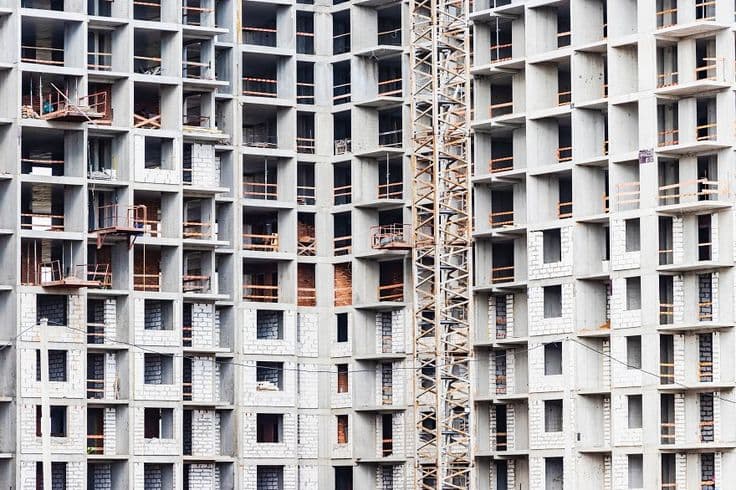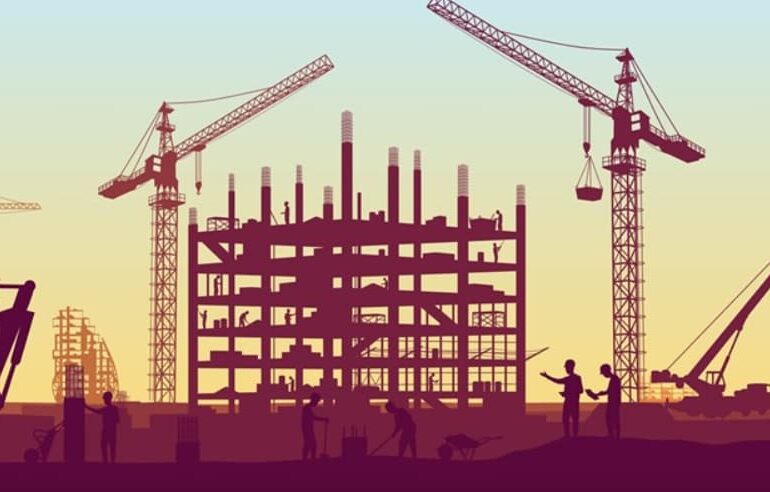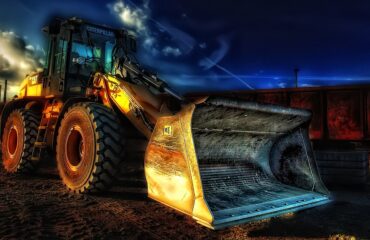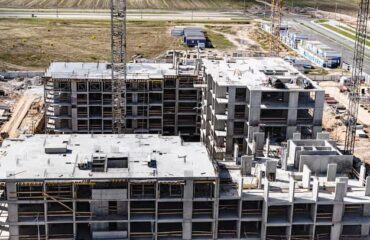Modern casinos are more than entertainment venues. They are architectural statements — vast interiors that blend durability with spectacle, technical complexity with aesthetic control. From London to Las Vegas, and even within the fast-evolving scene of non-Gamstop casinos UK, developers face the same challenge: building large, high-load structures that feel luxurious but remain efficient over time.
This is where monolithic frame construction plays a key role. It allows casino designers to create uninterrupted open-plan areas, long-span ceilings, and flexible floor layouts without compromising structural strength. Behind every high-ceilinged poker room and grand chandelier-lit atrium is a concrete core designed to absorb weight, isolate vibration, and resist time.
Let’s explore how monolithic frame technology has quietly become one of the cornerstones of modern casino construction.
1. Open Spaces Without Compromise
A key architectural demand in casino design is openness. Gaming environments work best when there’s visibility across the floor, minimal visual barriers, and a sense of flow between games, lounges, and service zones. Monolithic frame systems — built using in-situ reinforced concrete poured into continuous formwork — make it possible to achieve large, open interiors without intrusive columns.
In traditional steel or precast systems, designers are often forced to compromise, introducing perimeter beams or transfer structures that interrupt ceiling height or clutter the layout with structural posts. Monolithic methods, wide bay spacing, and flat-slab systems allow for flexible positioning of gaming zones and high-traffic areas, even on upper floors.
This flexibility is particularly useful when adapting spaces over time. Casinos frequently update their floor configurations in response to new trends, such as replacing physical slots with digital stations or reallocating square footage for private rooms or live shows. With minimal internal constraints, monolithic designs simplify this process.
2. Faster Build Cycles for Round-the-Clock Operations
Casino construction schedules are often compressed. Investors want to launch properties quickly to start generating revenue. Monolithic construction enables accelerated structural progress through continuous pour cycles, where crews work in predictable shifts, often delivering a floor every 5–7 days using climbing or jump formwork systems.
Unlike steel builds that require off-site fabrication, on-site welding, and extensive bolt inspections, monolithic structures are formed and cast in place. This saves time on logistics, reduces dependency on external supply chains, and keeps project momentum under tighter control.
This method is also less weather-sensitive than some alternatives. While wind can halt crane operations or steel assembly, monolithic work, particularly in dense urban environments, often continues in moderate rain or cold with appropriate concrete management practices.
Faster builds mean earlier commissioning, and in the casino world, that matters.

3. Noise Control and Acoustic Isolation
High footfall, machines, music, and public announcements generate a constant layer of sound in a casino. Yet high-end properties also include quiet zones: luxury suites, private salons, business centres, or wellness spaces. Acoustic separation between these spaces is not optional — it’s expected.
The high density of cast-in-place concrete naturally dampens airborne and impact noise, reducing the need for additional acoustic ceilings or partitions. In monolithic frames, walls and floors often share load and envelope roles, so acoustic detailing can be integrated at the structural level, not added in a separate stage.
This reduces acoustic bridging between floors and eliminates resonance effects common in lighter construction systems. When poured correctly, monolithic slabs also offer uniform mass distribution, further limiting low-frequency transfer, such as that caused by subwoofers in entertainment zones or heavy movement on floors above.
4. Vibration Management for Gaming Precision
Vibration is an often-overlooked but critical factor in casino operations. A poker table needs to stay still. A roulette wheel can’t wobble. In large gaming halls, with constant movement of people and trolleys, even minor vibrations can disrupt gameplay or make expensive hardware malfunction.
Monolithic slabs and beams offer high stiffness, particularly in flat-slab or beamless systems where the load spreads evenly. This natural rigidity helps suppress vibration across wide spans without additional dampers or floor stiffeners. The absence of mechanical joints between precast sections also removes the risk of micro-movements.
This structural behaviour is not just beneficial for guest comfort — it protects sensitive equipment and reduces maintenance issues with precision hardware like digital roulette, shuffling machines, or point-of-sale terminals.
5. Integration of MEP Without Conflict
Casinos house extensive mechanical and electrical systems: HVAC, fire safety, security, cabling, Wi-Fi, AV, and specialised systems like smoke extraction in designated areas. Integrating all of these within a tight construction schedule and a clean architectural layout requires detailed coordination.
Monolithic construction allows builders to pre-plan service routes, embed MEP sleeves directly into formwork, and avoid post-pour interventions like core drilling or chiselling, which risk weakening the structure and delaying fit-out.
In most cases, construction teams use BIM coordination to finalise penetrations before each pour. As a result, risers, drainage, cabling conduits, and lighting anchors are all placed precisely, cast into the structure, and ready for immediate connection post-stripping.
This is a major advantage in casino environments where ceilings are often high, decorative, and difficult to access for later adjustments.
6. Long-Term Durability in High-Traffic Settings
Casinos are among the most heavily used commercial spaces. They operate 24/7, serve thousands of guests per day, and undergo regular interior remodelling to stay visually fresh. Their structural frame must quietly resist fatigue, vibration, and environmental wear, often for decades.
Monolithic frames perform well in these conditions thanks to:
- Low joint density (fewer weak points)
- High fire resistance (concrete maintains strength under prolonged heat)
- Superior load capacity per floor
- Minimal need for post-installation maintenance
Unlike steel structures, which may require bolt retightening, anti-corrosion coatings, or vibration damping, monolithic concrete ages predictably. With proper curing and detailing, it remains dimensionally stable even after years of intensive use.
7. Seamless Integration With Architectural Finish
Interior design in modern casinos relies on precision and clean surfaces. Lighting, temperature control, branding, and layout are all interconnected. A structural system that enables rather than restricts these ambitions is essential.
Monolithic slabs offer flat soffits, making it easier to install lighting channels, air diffusers, or suspended decor without bulky interventions. Clean vertical drops and column-free spans simplify coordination with cladding materials, acoustic panels, and lighting effects.
This means designers can deliver grand ceilings, curved spaces, or multi-level foyers with more freedom and fewer clashes. Flat slab systems also reduce ceiling depth, giving designers more headroom to work with without affecting structural logic.
8. Adapting for Security and Surveillance
Security in casinos is as important as the gaming tables. Staff need clear sightlines across rooms. Surveillance systems require unobstructed coverage. Cash-handling and high-value storage areas need discreet routing and limited access.
Monolithic designs allow ceiling systems and wall zones to be tailored around security priorities. Camera mounts can be embedded in concrete slabs. Secure areas — such as count rooms — can be reinforced directly in the formwork. Service routes for data and power can be run in controlled zones cast into the structure.
This reduces the visibility of security infrastructure to guests while improving performance and limiting tampering risk.
Final Thoughts
Monolithic frame construction has quietly transformed the way modern casinos are built. It’s not a flashy innovation, but it allows everything else to be. The wide spans, smooth floor cycles, clean geometry, and noise-reducing mass form the invisible backbone behind the lights and energy of the casino floor.
In the context of non-Gamstop casinos UK and beyond, where operators are pushing for faster builds and flexible designs, monolithic systems offer a reliable, adaptable, and architecturally friendly solution. It’s structural, but it shapes mood, movement, and precision.







